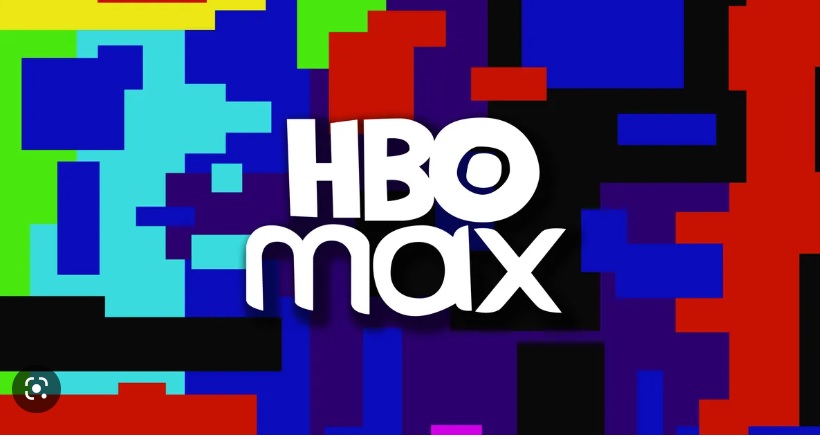The media industry has had a rough year in 2022. Rising costs, debt-ridden balance sheets, and a renewed focus on profitability weighed on the embattled sector as investors quickly punished companies struggling to turn a profit.
Netflix (NFLX) shares are down about 50% on the year, while companies like Warner Bros. Discovery (WBD) and Spotify (SPOT) have sunk more than 60% with Roku (ROKU) plummeting a whopping 80%.
Cable operators Fox (FOX) and Comcast (CMCSA) dropped roughly 20% and 30%, respectively, as Paramount Global (PARA) shares plunged more than 45%.
Disney (DIS), once a Wall Street darling, also slid 45% on the year, and the stock is heading toward its worst year since 1947 after the much-anticipated “Avatar” sequel missed opening weekend expectations to cap off a challenging year for the House of Mouse.
In this year alone, the stock market wiped a whopping $500 billion-plus in market capitalization from the world’s biggest media, cable, and entertainment companies with more pain expected in 2023 amid higher interest rates and an unfavorable macroeconomic environment.
So, what exactly happened — and what could happen next? 2022 was a clear “soul searching” year for media after the industry experienced a bumpy ride throughout the pandemic with record highs and jarring lows.
As the “stay at home” trade ran its course, peak subscriber penetration levels in the U.S. and Canada resulted in streaming companies quickly seeing growth flatten.
Netflix, the long-time leader of the streaming wars, lost subscribers for the first time in its history as its market cap sank from more than $267 billion at the end of 2021 to roughly $130 billion.
Similarly, NBCUniversal’s Peacock experienced zero growth in its second quarter, although subscribers rebounded in Q3 with 2 million net additions. Stalling subscriber growth has led to heightened criticism of production budgets, which have sharply increased as competition intensifies. Netflix committed $18 billion to content alone in 2022 while Disney upped its budget by $8 billion this year to $33 billion.
Amid the race to profitability, advertising has become one potential bright spot for investors — despite the global slowdown in ad spending.
Netflix and Disney jumped on the ad-supported bandwagon this year, joining Warner Bros. Discovery’s HBO Max, NBCUniversal’s Peacock, and Paramount Global’s Paramount+.
Netflix rolled out its $6.99 offering in November, while Disney+ followed one month later at a price point of $7.99. Wall Street analysts remain largely bullish on the profitability aspects of ad tiers, while advertising experts have referred to the debuts as a make-or-break moment for the media industry.
“It is absolutely a pivotal moment for the industry,” Kevin Krim, CEO of advertising measurement platform EDO, previously told Yahoo Finance.
“I think what we have learned as an industry is that there’s a limit to the number of consumers out there that will pay,” Krim said. “Advertising is a really smart way to subsidize those subscription fees.”












